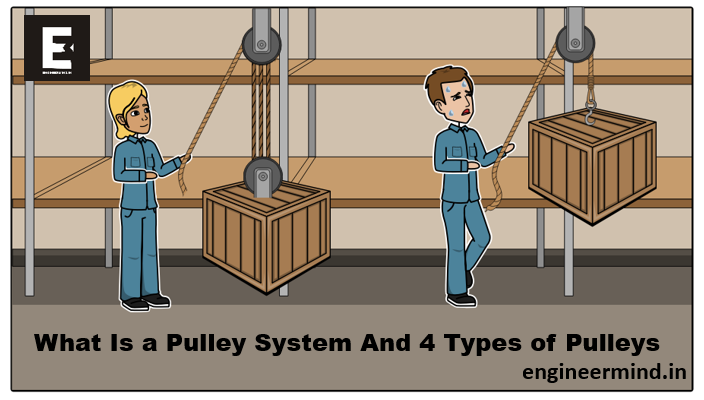
Table of Contents
Definition of Ring Foundation
A ring foundation, also known as a circular raft foundation, is a type of shallow foundation used in civil engineering to distribute structural loads evenly over a wide area. It consists of a circular concrete slab placed directly on the soil and reinforced with steel bars to provide high load-bearing capacity.
Example of Ring Foundation:
The ring foundations are suitable and economical for symmetrical structures such as silos, cooling towers, smoke stacks, transmission towers, radar stations, TV antennae, chimneys, bridge piers, underground stops, water towers, mine and liquid storage tanks, compared with the other geometrical shapes of the footings, such as (strip, rectangular, square and circular footings). The ring footings enable decreasing the amount of material used and construction cost. Ring foundations are often adopted for large and tall structures to resist lateral loads and to increase stability against overturning. In the design of ring foundations, code simplifications must be made. Therefore, developing a rational and practical procedure for estimating the bearing capacity of ring foundations is very important.
Hope you got some idea about it. Here are adding a few more pics which are the results of some research on it.
When width= 0.76m and depth= 0.5m
SFD of 60-noded:

BMD of 60 noded:

Displacement of 60-noded ring foundation

Importance of Ring Foundation
Ring foundations are important in civil engineering because they offer several advantages over other shallow foundations. They can support heavy loads and reduce settlement, making them suitable for many structures, including high-rise buildings, bridges, and industrial facilities. They are also effective in areas with high seismic activity, as they can withstand lateral forces and prevent structural damage.
Maintenance and Repair of Ring Foundation
- Regular Inspection and Monitoring: Regular inspection and monitoring of a ring foundation is essential to identify any signs of damage or settlement. The inspection should include visual observation of the foundation and surrounding areas and the measurement of settlement and structural deflection. The inspection frequency may depend on the age of the foundation, the soil conditions, and the type of structure the foundation supports.
- Repair of Cracks and Damage: Cracks and damage to a ring foundation should be repaired promptly to prevent further structural damage and instability. Repair may involve filling the cracks with epoxy or injecting grout to restore the foundation’s structural integrity. Depending on the severity of the damage, additional reinforcement may be required.
- Strengthening and Retrofitting: In some cases, strengthening and retrofitting may be necessary to improve a ring foundation’s load-bearing capacity and seismic performance. This may involve adding additional reinforcement, such as steel bars or fibre-reinforced polymer, to increase the strength and stiffness of the foundation. Retrofitting may also involve soil stabilization techniques, such as grouting or injection of stabilizing agents, to improve the soil properties and bearing capacity.
Proper maintenance and repair of a ring foundation is crucial to ensure the long-term stability and safety of the structure it supports. A qualified engineer or contractor should be consulted to determine the appropriate maintenance and repair strategies for a specific ring foundation.
FAQ
What is the difference between a ring foundation and a pile foundation?
Ring and pile foundations are both shallow foundations, but they differ in their construction and load-bearing capacity. A ring foundation is a circular concrete slab that distributes the structural load over a wide area. In contrast, a pile foundation consists of long cylindrical columns driven deep into the ground to support heavy loads. Ring foundations are suitable for structures with a relatively light load, while pile foundations are used for structures with a heavier load.
How long does it take to construct a ring foundation?
The construction time for a ring foundation depends on several factors, such as the size of the foundation, the soil conditions, and the complexity of the design. Typically, the construction process involves site preparation, excavation and soil stabilization, formwork and reinforcement, pouring concrete, and curing and finishing. Depending on these factors, it can take several days to a few weeks to complete the construction of a ring foundation.
Can ring foundations be used in all soil types?
Ring foundations can be used in a wide range of soil types, including sandy, clay, and rocky soil, as long as the soil has a suitable bearing capacity to support the structural load. However, the soil properties and conditions may affect the design and construction of the ring foundation, such as the depth of the foundation, the reinforcement requirements, and the type of soil stabilization needed.
How to choose the right diameter for a ring foundation?
The diameter of a ring foundation depends on several factors, such as the structural load, the soil properties, and the geometric parameters of the foundation. To choose the right diameter, the designer should perform a structural load analysis to determine the total load the foundation will need to support and then consider the soil properties to determine the allowable bearing capacity. The geometric parameters of the foundation, such as the thickness and reinforcement requirements, will also affect the diameter of the foundation. A qualified engineer or designer should be consulted to determine the appropriate diameter for a ring foundation.







